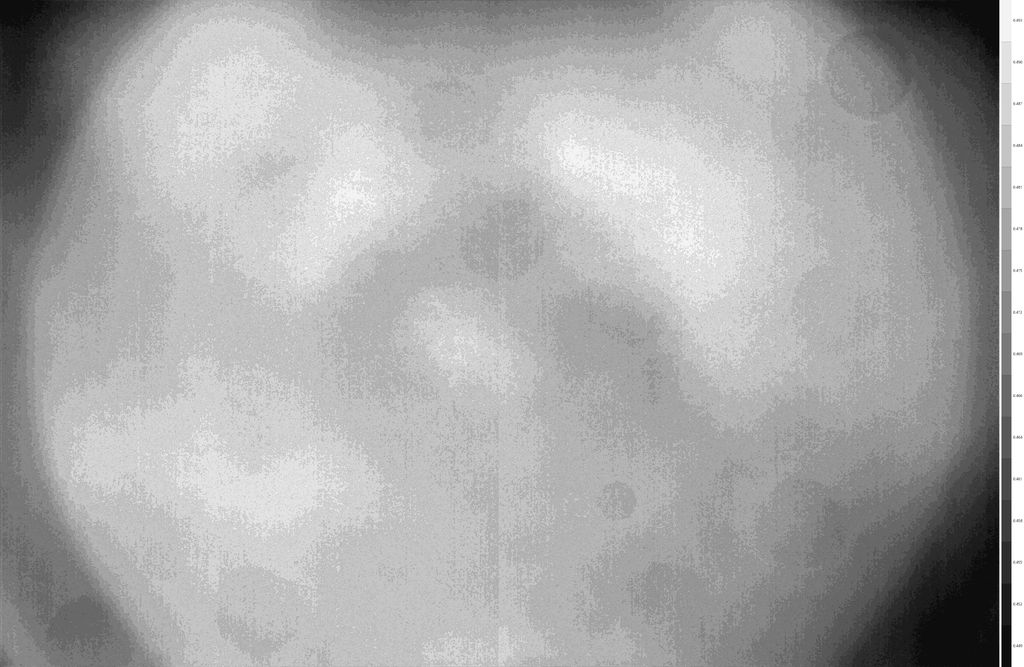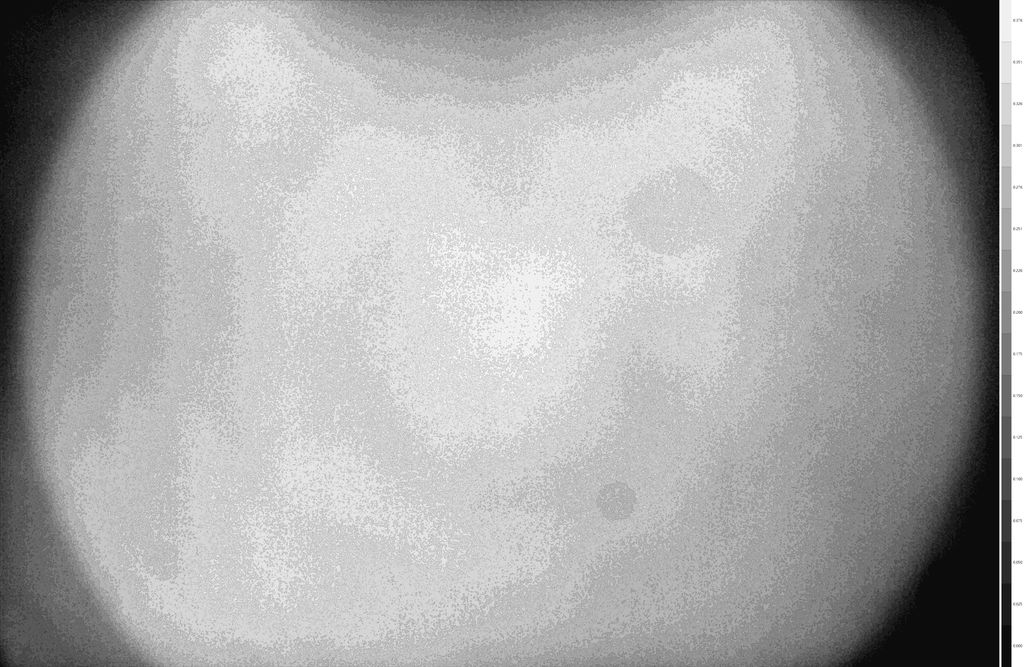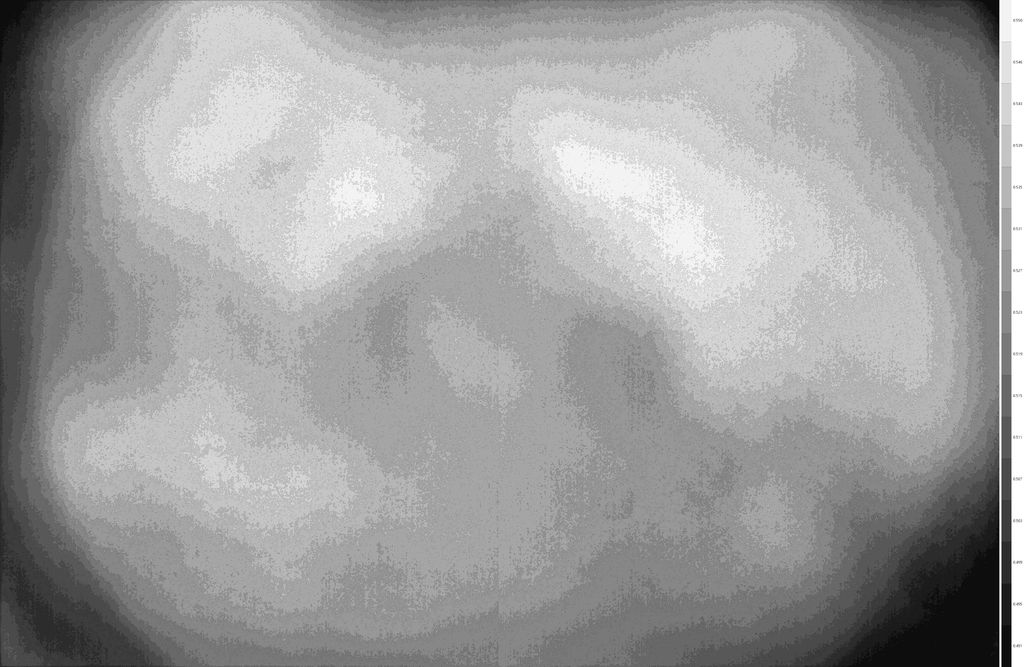Hi all, I posted previously about a "smudge" I was noticing on all of my flats with all filters. The smudge appeared to calibrate out in a few test images, so I went ahead and shot 40 hours of the Ghost of Cassiopeia. Unfortunately, after I processed the data, I found circular reflections that surround Gamma Cygni in all of my calibrated images. The reflections are easy to see in the Oiii image, as there is not much nebulosity in Oiii in this region. They're also easily seen in the Sii and Ha images. I've attached master lights (after calibration with flats, etc.). The only processing was with GraXpert for gradient removal, and StarXTerminator (to show the reflections). I'm also attaching a cropped image in Ha around Gamma Cygni, where there appears to be a symmetric diffraction pattern around the bright star (kind of looks like a spirograph). I think I'm going to have to toss the 40 hours of data, as I don't think there's any way to remove the reflections in a clean way. I'm reaching out to the community for help in solving the issue, so I don't have to repeat this costly mistake. I think the issue might be with the camera (QHY600M- possibly the sensor window (AR, I believe)). I don't think it's the filters, as it occurs with all of them. I get the same "smudge" on all flats taken with this camera on 2 different telescopes, so I don't think it's the telescope. I would think that the flats should be fairly uniform, and that what I'm calling a "smudge" might be related to the reflections around Gamma Cygni. I'll attach a flat that shows the "smudge". (P.s.- I'm also posting this question on Cloudy Nights, which seems to have more traffic) 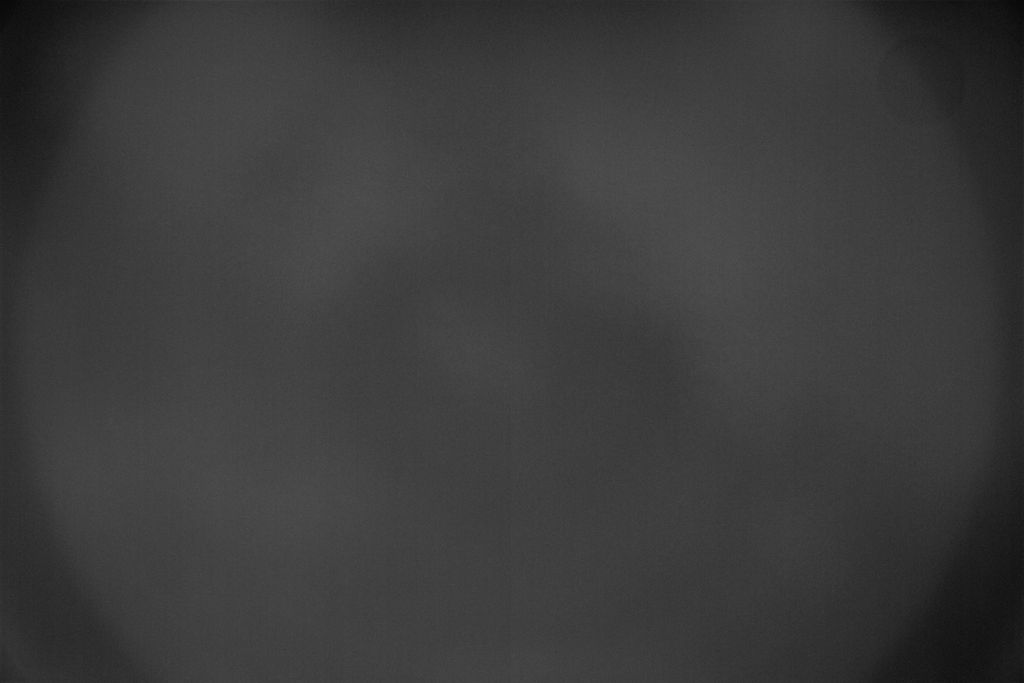 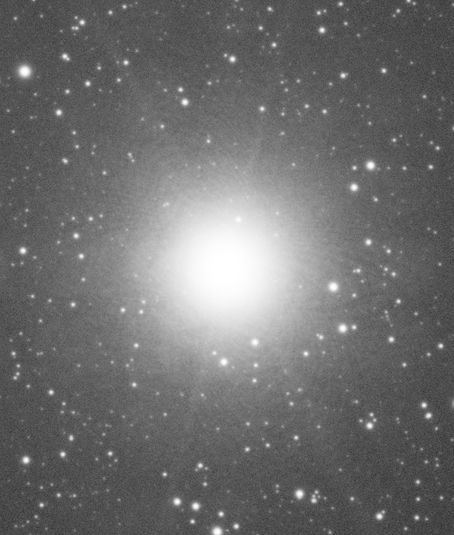 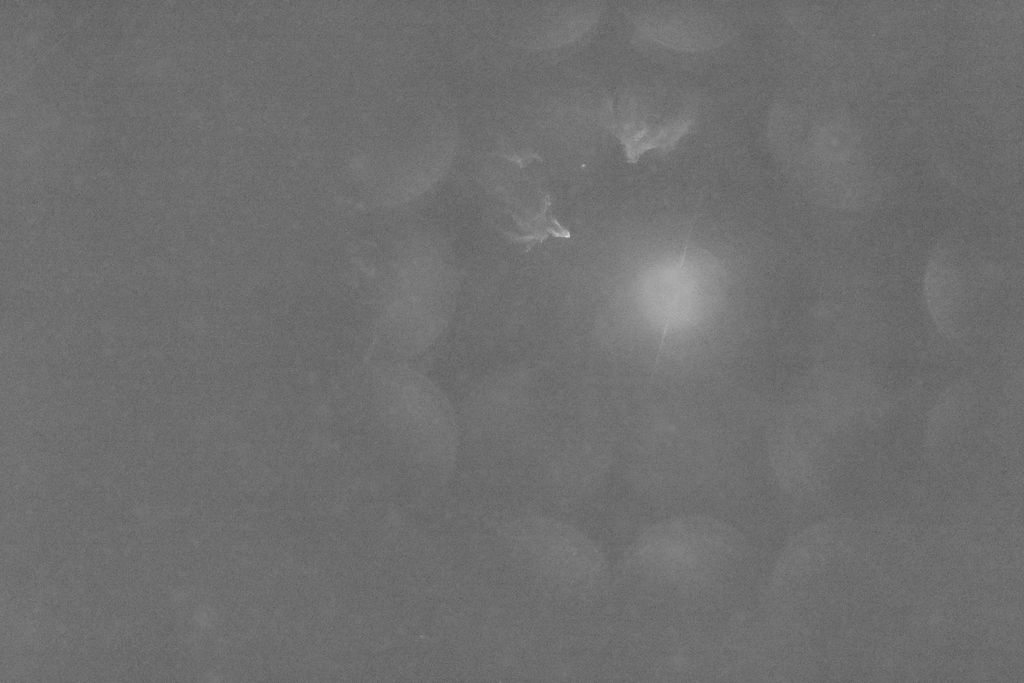 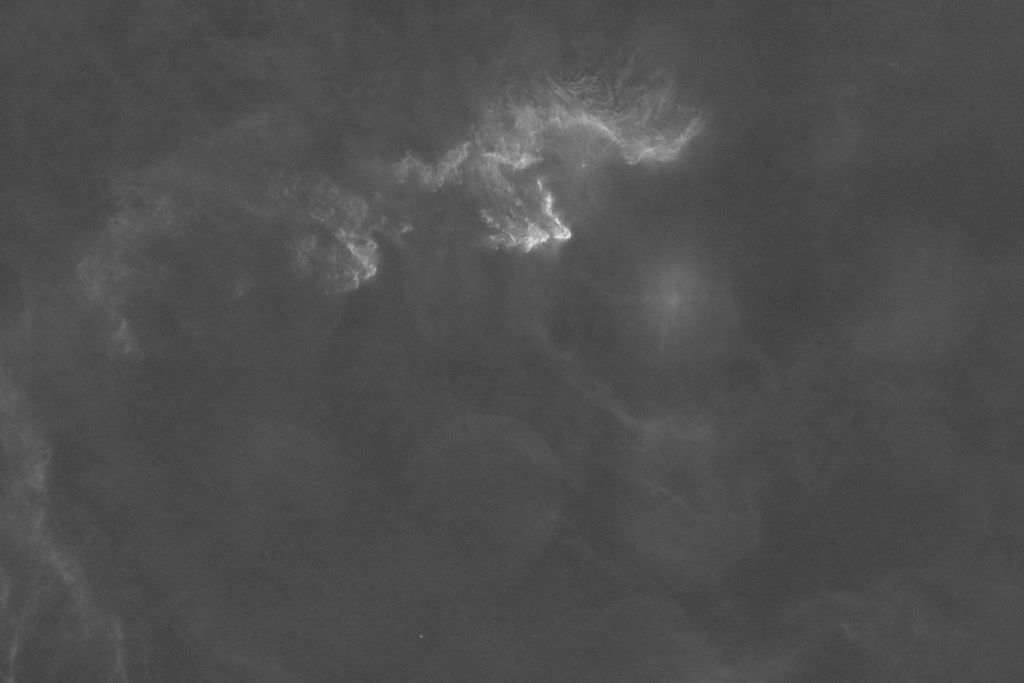 Any help will be much appreciated. Thank you, Robert
|
You cannot like this item. Reason: "ANONYMOUS".
You cannot remove your like from this item.
Editing a post is only allowed within 24 hours after creating it.
You cannot Like this post because the topic is closed.
Copy the URL below to share a direct link to this post.
This post cannot be edited using the classic forums editor.
To edit this post, please enable the "New forums experience" in your settings.
I think it's a micro-lens effect/defect and there has a been a thread in the past with a user having nearly the same issue. Bottom line was: do not image with a 1st-2nd magnitude star in the field.
|
You cannot like this item. Reason: "ANONYMOUS".
You cannot remove your like from this item.
Editing a post is only allowed within 24 hours after creating it.
You cannot Like this post because the topic is closed.
Copy the URL below to share a direct link to this post.
This post cannot be edited using the classic forums editor.
To edit this post, please enable the "New forums experience" in your settings.
Andrea, it looks like you're correct. I looked up microlensing and there are several images that show this effect, especially around Gamma Cass (not Cygni... my mistake). I'm wondering if any other QHY600M users could chime in as to whether or not their having this same effect. I'll reach out to QHYCCD to ask if this may be an issue with my camera or is it something that all QHY600M cameras have. Also, I find it strange that all of my flats with this camera have a pattern that is not what I would expect or have seen from any of my other camera flats. I'll post some photos of these flats below (Ha, Oiii, Sii - in that order). Yes, they calibrate out. But I'm wondering if there is an issue with my camera, and this is a symptom that is making the microlensing worse. I'm wondering if the AR glass window above the sensor might be reversed, and there is reflection from the glass window back onto the sensor? Is that possible?  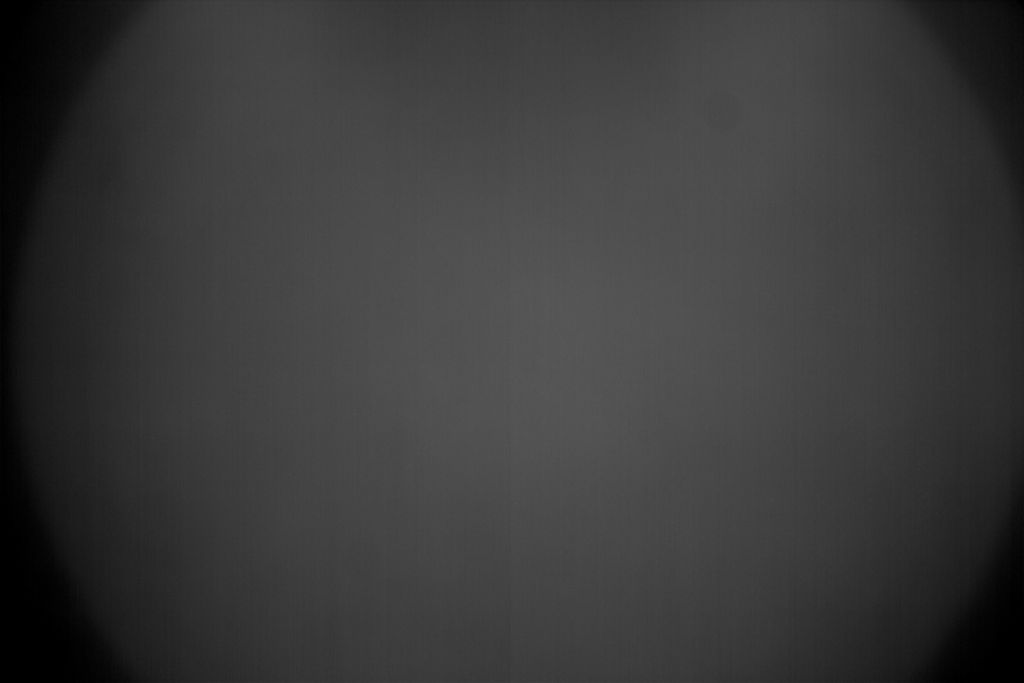 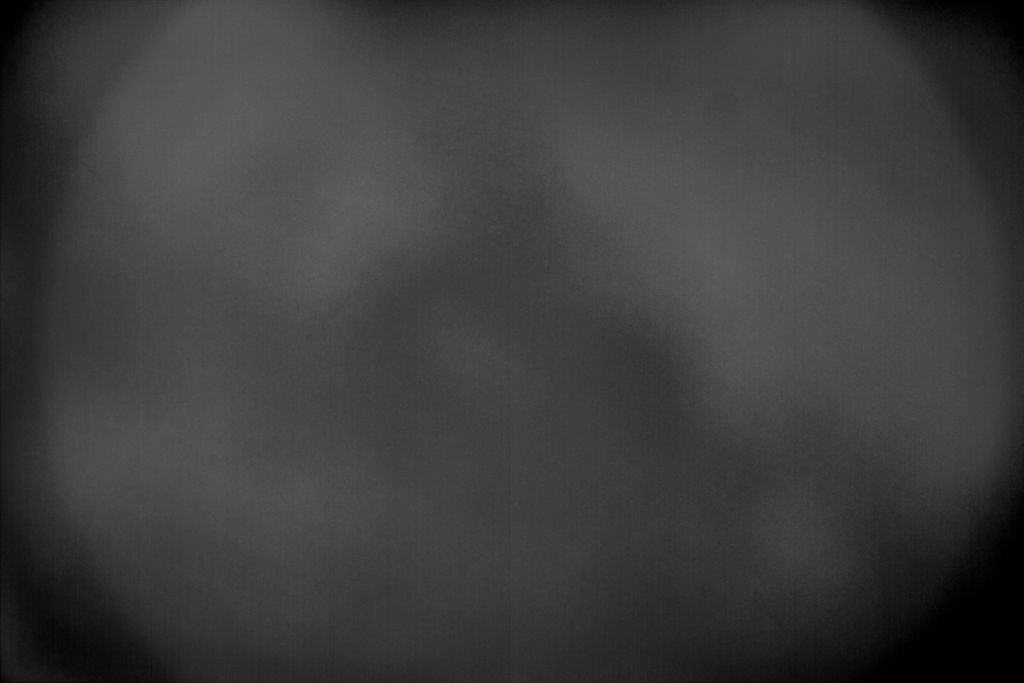 |
You cannot like this item. Reason: "ANONYMOUS".
You cannot remove your like from this item.
Editing a post is only allowed within 24 hours after creating it.
You cannot Like this post because the topic is closed.
Copy the URL below to share a direct link to this post.
This post cannot be edited using the classic forums editor.
To edit this post, please enable the "New forums experience" in your settings.
I don't think they are correlated or if they are just in the widest sense of the word. Can you plot the isophote of the longer wavelength flats (by the way, do they correlated with the R flat?). E.g., the one below is a R channel flat taken with the same sensor (but not the same camera) on a Taka 106: 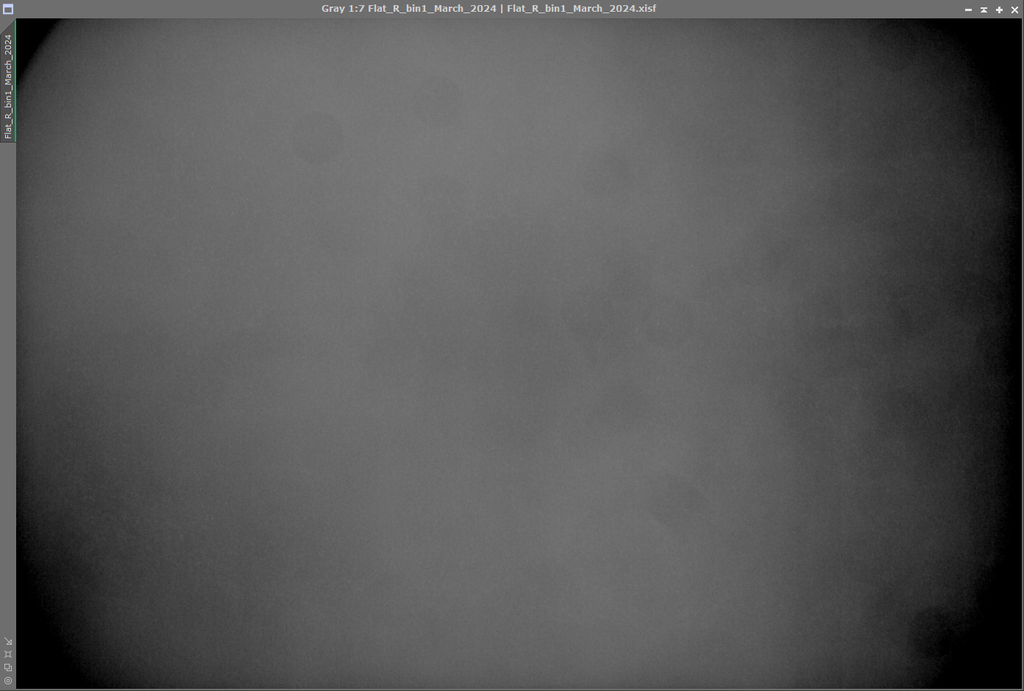 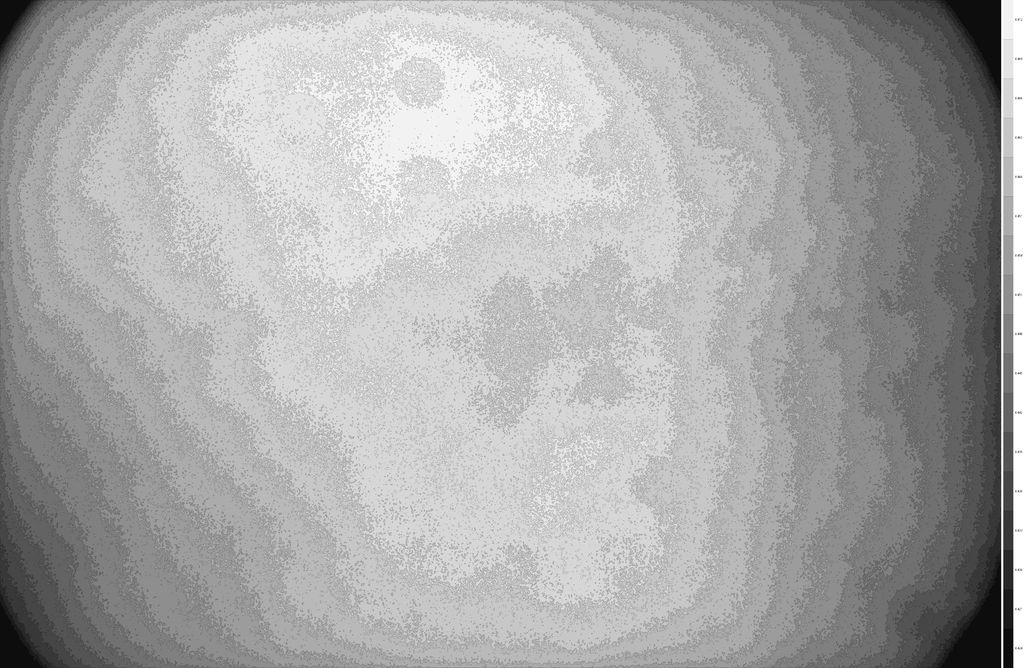 |
You cannot like this item. Reason: "ANONYMOUS".
You cannot remove your like from this item.
Editing a post is only allowed within 24 hours after creating it.
You cannot Like this post because the topic is closed.
Copy the URL below to share a direct link to this post.
This post cannot be edited using the classic forums editor.
To edit this post, please enable the "New forums experience" in your settings.
Hi Robert,
this indeed looks like the pattern produced by the diffractive/reflective interaction of the lenslet array with the protective window of the camera. Mark Shelly on cloudy nights hat done a very thorough analysis of this including modeling it optically. So I think this is a well established issue when imaging in the neighborhood of bright stars. for my 294mm I see the effect already for 4 mag stars (they still are pretty rare when you image at high focal length) - I so far have not seen it with the QHY600, but I haven't yet NB imaged in the neighborhood of such bright stars. Since the lenslet array is involved and afaik this comes with the sensor directly from SONY, it is probably also fairly insensitive whether you have a camera from ZWO or QHY or anyone else (I have seen a number of reports for the ZWO 6200 mm, which has the same sensor as the QHY600), though there may be variations owing to the specs of the protective glass of the camera.
So the sad news is: very little you can do about it. Fixing it in post processing is in principle possible though tedious. you could create a pseudo flat from your master light (basically removing all structure but the lenslet reflections using MMT or the like, creative fill in photoshop can also be a very helpful tool). Alternatively you could use an image from a
different scope/camera combination and work with the multi-scale gradient technique developed by the pixinsight team to create a pseudo flat. I was able to rescue one of my images that way. Considering that you invested 40h of clear sky into the image, this may well be worth it. But it is tedious at best, and I fear you will invest more than 40h in getting it to work,
Matthias
|
You cannot like this item. Reason: "ANONYMOUS".
You cannot remove your like from this item.
Editing a post is only allowed within 24 hours after creating it.
You cannot Like this post because the topic is closed.
Copy the URL below to share a direct link to this post.
This post cannot be edited using the classic forums editor.
To edit this post, please enable the "New forums experience" in your settings.
andrea tasselli:
I don't think they are correlated or if they are just in the widest sense of the word. Can you plot the isophote of the longer wavelength flats (by the way, do they correlated with the R flat?). Andrea, I'm attaching a Red Master Flat. I don't know how to plot the isophote of flats. I use PixInsight. Is there a way to do that in PI? Edit: I think I figured out what you're asking for (see next post)  |
You cannot like this item. Reason: "ANONYMOUS".
You cannot remove your like from this item.
Editing a post is only allowed within 24 hours after creating it.
You cannot Like this post because the topic is closed.
Copy the URL below to share a direct link to this post.
This post cannot be edited using the classic forums editor.
To edit this post, please enable the "New forums experience" in your settings.
You cannot like this item. Reason: "ANONYMOUS".
You cannot remove your like from this item.
Editing a post is only allowed within 24 hours after creating it.
You cannot Like this post because the topic is closed.
Copy the URL below to share a direct link to this post.
This post cannot be edited using the classic forums editor.
To edit this post, please enable the "New forums experience" in your settings.
Thanks for that Robert.
I don't think what you call "smudge" is anything either exceptional or worrisome. I compared against my R (and Ha) and there is only 1% difference between your Ha and my R/Ha. It just so happens that the longer wavelengths aren't transmitted uniformly by either coatings or window glass, that's my take on it.
|
You cannot like this item. Reason: "ANONYMOUS".
You cannot remove your like from this item.
Editing a post is only allowed within 24 hours after creating it.
You cannot Like this post because the topic is closed.
Copy the URL below to share a direct link to this post.
This post cannot be edited using the classic forums editor.
To edit this post, please enable the "New forums experience" in your settings.
Andrea, that is really good to know. I guess I'll have to avoid imaging near bright stars to avoid microlensing. Thank you!
|
You cannot like this item. Reason: "ANONYMOUS".
You cannot remove your like from this item.
Editing a post is only allowed within 24 hours after creating it.
You cannot Like this post because the topic is closed.
Copy the URL below to share a direct link to this post.
This post cannot be edited using the classic forums editor.
To edit this post, please enable the "New forums experience" in your settings.
Hi Robert,
this indeed looks like the pattern produced by the diffractive/reflective interaction of the lenslet array with the protective window of the camera. Mark Shelly on cloudy nights hat done a very thorough analysis of this including modeling it optically. So I think this is a well established issue when imaging in the neighborhood of bright stars. for my 294mm I see the effect already for 4 mag stars (they still are pretty rare when you image at high focal length) - I so far have not seen it with the QHY600, but I haven't yet NB imaged in the neighborhood of such bright stars. Since the lenslet array is involved and afaik this comes with the sensor directly from SONY, it is probably also fairly insensitive whether you have a camera from ZWO or QHY or anyone else (I have seen a number of reports for the ZWO 6200 mm, which has the same sensor as the QHY600), though there may be variations owing to the specs of the protective glass of the camera.
So the sad news is: very little you can do about it. Fixing it in post processing is in principle possible though tedious. you could create a pseudo flat from your master light (basically removing all structure but the lenslet reflections using MMT or the like, creative fill in photoshop can also be a very helpful tool). Alternatively you could use an image from a
different scope/camera combination and work with the multi-scale gradient technique developed by the pixinsight team to create a pseudo flat. I was able to rescue one of my images that way. Considering that you invested 40h of clear sky into the image, this may well be worth it. But it is tedious at best, and I fear you will invest more than 40h in getting it to work,
Matthias @GalacticRAVE Thank you, Matthias. I think I'm going to throw in the towel on this one and avoid bright stars with the QHY600 in the future. Do you have any idea if I'll have microlensing issues with bright galaxy cores?
|
You cannot like this item. Reason: "ANONYMOUS".
You cannot remove your like from this item.
Editing a post is only allowed within 24 hours after creating it.
You cannot Like this post because the topic is closed.
Copy the URL below to share a direct link to this post.
This post cannot be edited using the classic forums editor.
To edit this post, please enable the "New forums experience" in your settings.
Well, this was what I was able to salvage. Lesson learned. Stay away from bright stars!  |
You cannot like this item. Reason: "ANONYMOUS".
You cannot remove your like from this item.
Editing a post is only allowed within 24 hours after creating it.
You cannot Like this post because the topic is closed.
Copy the URL below to share a direct link to this post.
This post cannot be edited using the classic forums editor.
To edit this post, please enable the "New forums experience" in your settings.
UPDATE: I received a loaner camera while mine is in for service. It is a 600M SBFL, but with a “low window” vs the the newer “high window” version that I had. These images are with the loaner camera. Luminance filter:  Oiii filter: 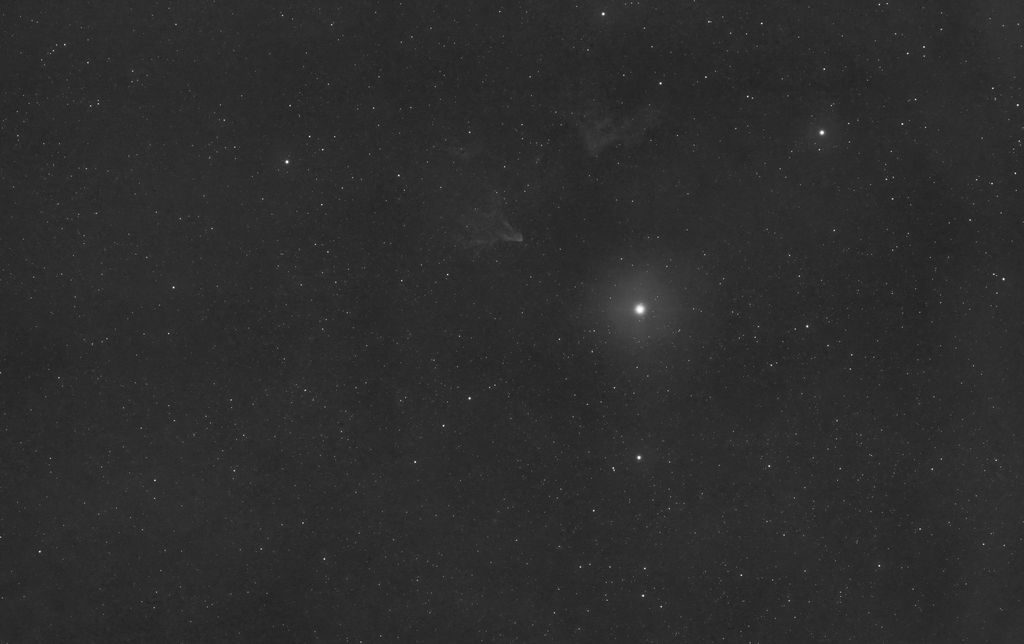 No microlensing reflections. I’m not sure if my camera has a bad sensor, or if the high window was the root cause. We pretty much ruled out the Chroma filters, as I had microlensing even with no filter in place using my camera. CS, Robert
|
You cannot like this item. Reason: "ANONYMOUS".
You cannot remove your like from this item.
Editing a post is only allowed within 24 hours after creating it.
You cannot Like this post because the topic is closed.
Copy the URL below to share a direct link to this post.
This post cannot be edited using the classic forums editor.
To edit this post, please enable the "New forums experience" in your settings.
Are you referring to the 600M PH as the 'newer high' window and the 600M PH SBFL as the 'low' window?
Or were both cameras that you used SBFL models but of different construction?
|
You cannot like this item. Reason: "ANONYMOUS".
You cannot remove your like from this item.
Editing a post is only allowed within 24 hours after creating it.
You cannot Like this post because the topic is closed.
Copy the URL below to share a direct link to this post.
This post cannot be edited using the classic forums editor.
To edit this post, please enable the "New forums experience" in your settings.
Robert Lowenthal:
Well, this was what I was able to salvage. Lesson learned. Stay away from bright stars!
 That's a fantastic image even so
|
You cannot like this item. Reason: "ANONYMOUS".
You cannot remove your like from this item.
Editing a post is only allowed within 24 hours after creating it.
You cannot Like this post because the topic is closed.
Copy the URL below to share a direct link to this post.
This post cannot be edited using the classic forums editor.
To edit this post, please enable the "New forums experience" in your settings.
Pete Bouras:
Are you referring to the 600M PH as the 'newer high' window and the 600M PH SBFL as the 'low' window?
Or were both cameras that you used SBFL models but of different construction? Both cameras are SBFL. The newer version has the “high” AR window. I believe the older low window models had issues with dewing, and the high window version of the SBFL was made to address this issue.
|
You cannot like this item. Reason: "ANONYMOUS".
You cannot remove your like from this item.
Editing a post is only allowed within 24 hours after creating it.
You cannot Like this post because the topic is closed.
Copy the URL below to share a direct link to this post.
This post cannot be edited using the classic forums editor.
To edit this post, please enable the "New forums experience" in your settings.
@Robert Lowenthal These are microlens reflections indeed. Therefore this may be camera-specific, but I wonder if there are any cameras out there that never show this. I had the same issue with an object with an extremely bright core on my Moravian C3-61000MM Pro. The good news however is that they can be removed without too much hassle. Sure, it requires a bit of work, but Adam Block has published a very robust method to get rid of them. In my blog you can find a description of how I removed it, as well as links to Adam's instruction video and the theory behind this microlens issue. It is certainly worth the processing time investment given your 40h worth of data.
|
You cannot like this item. Reason: "ANONYMOUS".
You cannot remove your like from this item.
Editing a post is only allowed within 24 hours after creating it.
You cannot Like this post because the topic is closed.
Copy the URL below to share a direct link to this post.
This post cannot be edited using the classic forums editor.
To edit this post, please enable the "New forums experience" in your settings.
Willem Jan Drijfhout:
@Robert Lowenthal These are microlens reflections indeed. Therefore this may be camera-specific, but I wonder if there are any cameras out there that never show this. I had the same issue with an object with an extremely bright core on my Moravian C3-61000MM Pro. The good news however is that they can be removed without too much hassle. Sure, it requires a bit of work, but Adam Block has published a very robust method to get rid of them. In my blog you can find a description of how I removed it, as well as links to Adam's instruction video and the theory behind this microlens issue. It is certainly worth the processing time investment given your 40h worth of data. Thank you, Willem! I bookmarked your blog article and I’ll try working with Adam’s method. I find it interesting that the loaner camera, which is also a 600M SBFL, didn’t show microlensing on the same target. They both use the Sony IMX455 sensor. However, as I mentioned above the loaner has a “low” window (compared to my “high” window model), so the geometry is different and may account for the difference.
|
You cannot like this item. Reason: "ANONYMOUS".
You cannot remove your like from this item.
Editing a post is only allowed within 24 hours after creating it.
You cannot Like this post because the topic is closed.
Copy the URL below to share a direct link to this post.
This post cannot be edited using the classic forums editor.
To edit this post, please enable the "New forums experience" in your settings.












